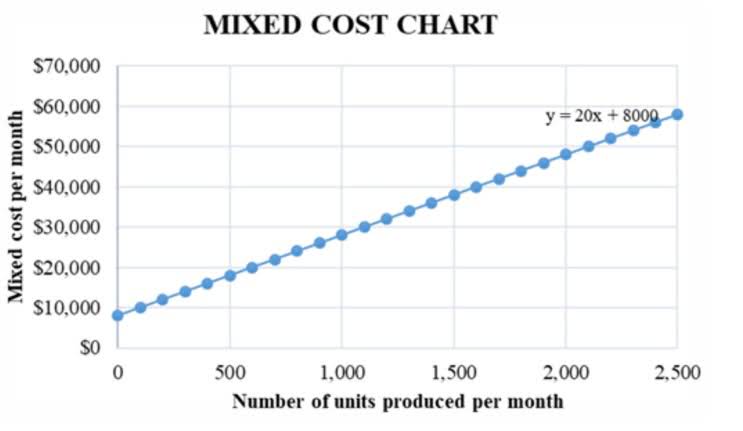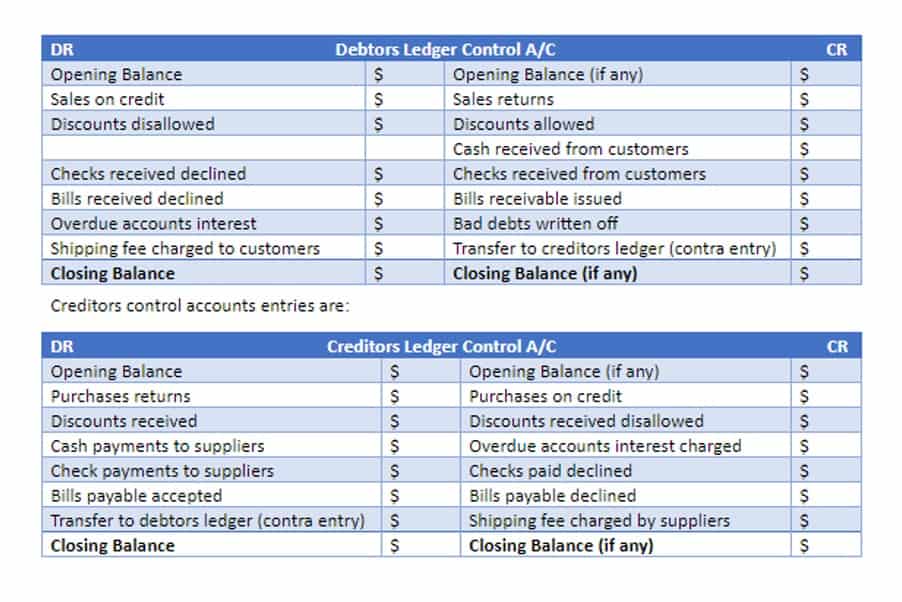
One side of each account will increase and the other side will decrease. The ending account balance is found by calculating the difference between debits and credits for each account. You will often see the terms debit and credit represented in shorthand, written as DR or dr and CR or cr, respectively. Depending on the account type, the sides that increase and decrease may vary. They show changes in accounts within the bookkeeping system.
What is the Normal Balance for Owner’s Withdrawals or Dividends?
- Accounts Receivable is an asset account and is increased with a debit; Service Revenues is increased with a credit.
- On the other hand, expenses and withdrawals decrease capital, hence they normally have debit balances.
- Things that are resources owned by a company and which have future economic value that can be measured and can be expressed in dollars.
- The net realizable value of the accounts receivable is the accounts receivable minus the allowance for doubtful accounts.
- Debits and credits shape our financial standings in reports like the balance sheet and income statement.
- Interest earned by a bank is considered to be part of operating revenues.
A solid understanding of debits and credits helps keep financial records clear and effective. Accounting transactions change general ledger accounts through these retained earnings entries. This shapes the financial story of both personal and business finances.

Advance Your Accounting and Bookkeeping Career
- Using normal balances ensures that these ratios are calculated correctly and reflect the intended analysis.
- When we’re talking about Normal Balances for Expense accounts, we assign a Normal Balance based on the effect on Equity.
- They easily memorized that asset accounts should normally have debit balances, and those debit balances will increase with a debit entry and will decrease with a credit entry.
- So, if a company takes out a loan, it would credit the Loan Payable account.
- For example, if an asset account which is expected to have a debit balance, shows a credit balance, then this is considered to be an abnormal balance.
The normal account balance for many accounts are noted in the following exhibit. The understanding of normal balances of accounts helps understand the rules of debit and credit easily. If the normal balance of an account is debit, we shall record any increase in that cash normal balance account on the debit side and any decrease on the credit side. If, on the other hand, the normal balance of an account is credit, we shall record any increase in that account on the credit side and any decrease on the debit side. To maintain the balance sheet equation, which states that the assets must equal liabilities plus equity, every transaction must be recorded with proper debits and credits. This ensures that the equation remains balanced and that the financial statements accurately represent the financial position and performance of a business.

Normal Balance for an Account
Interest Revenues are nonoperating revenues or income for companies not in the business of lending money. For companies in the business of lending money, Interest Revenues are reported in the operating section of the multiple-step income statement. Costs that are matched with revenues on the income statement.

The 5 Biggest Challenges of Financial Planning for Businesses
- An asset is anything a company owns that holds monetary value.
- This shows the resources used in businesses or personal finance activities.
- After the transfer, the temporary accounts are said to have “been closed” and will then have zero balances.
- The answer lies in the learning of normal balances of accounts and the rules of debit and credit.
- Since the gain is outside of the main activity of a business, it is reported as a nonoperating or other revenue on the company’s income statement.
So for example a debit entry to an asset account will increase the asset balance, and a credit entry to a liability account will increase the liability. Each of the accounts in a trial AI in Accounting balance extracted from the bookkeeping ledgers will either show a debit or a credit balance. The normal balance of any account is the balance (debit or credit) which you would expect the account have, and is governed by the accounting equation. Accounting involves recording financial events taking place in a company environment. Segregated by accounting periods, a company communicates financial results through the balance sheet and income statement to employees and shareholders. Debits and credits serve as the mechanism to record financial transactions.

Depending on the account type, an increase or decrease can either be a debit or a credit. Understanding the difference between credit and debit is needed. Revenue is the income that a company earns from its business activities, typically from the sale of goods and services to customers. When a company makes a sale, it credits the Revenue account. That normal balance is what determines whether to debit or credit an account in an accounting transaction.
Recent Comments